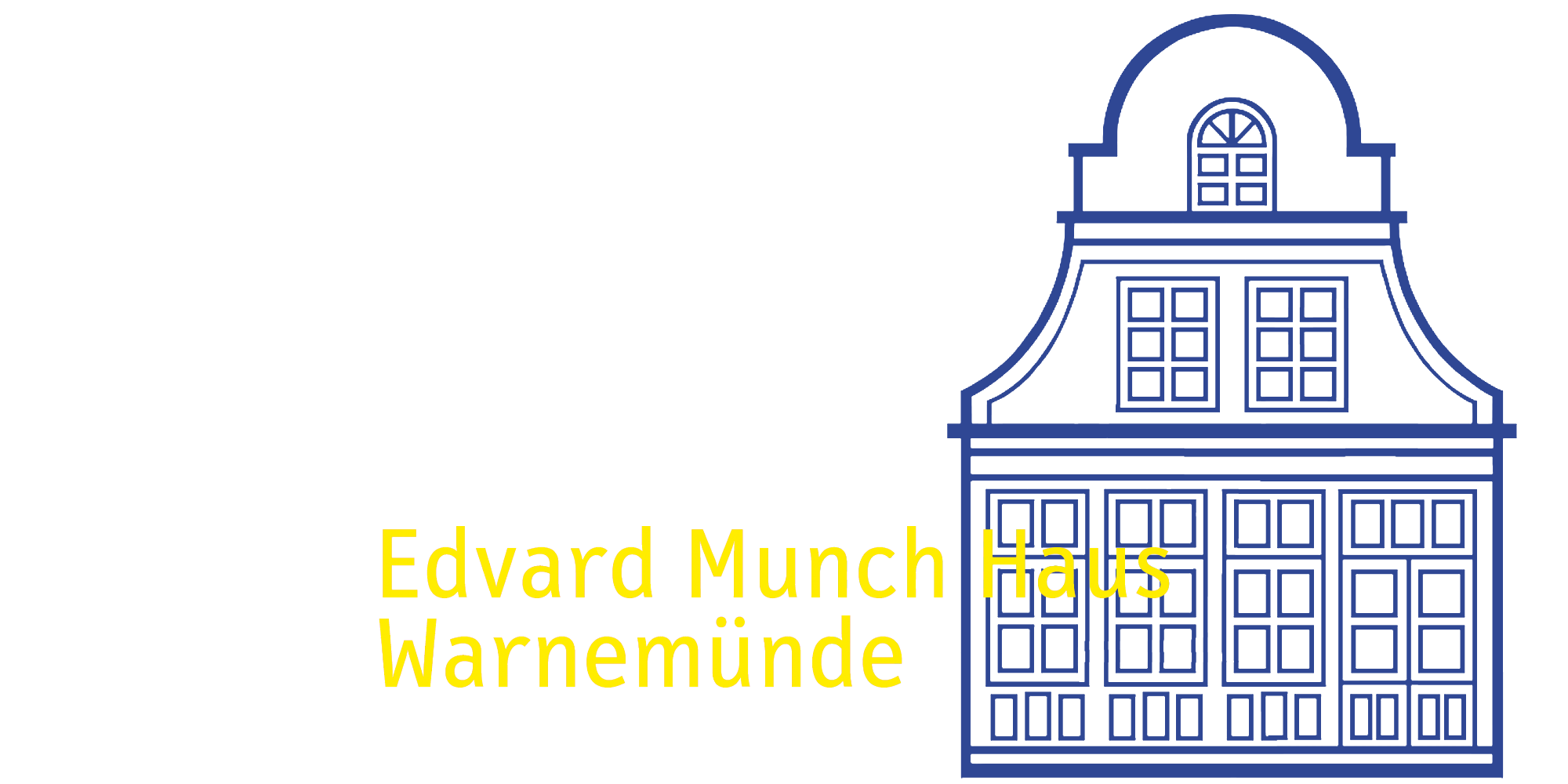Am Strom 53: Poetics of Property

Foto: Angelika Fischer
exhibition curated by Gustav Elgin, Jenny H. Trømborg and Katharina Wiedwald
mit Werken von u.a. Espen Gleditsch/Leonard Rickhard/Olve Sande
29.06. — (verlängert bis) 01.09.2024
Opening: 29 June 2024 / 3 - 6 pm
Introduction 3 pm
Opening hours: Fri - Sun / 12 - 5 pm
All buildings have a poetic quality. They are places where worlds emerge, gently spill over into others or violently mutate. They create worlds and participate in them, they connect, enable or suppress others at the same time. The British painter, writer and art theorist John Ruskin was one of the earliest thinkers to take this cosmopoetic quality of buildings seriously. He compared their life to that of lichens. Lichens are symbiotic life forms that are in a cyclical state between growth and decay, absorbing nutrients and returning them to their environment. In this equation, buildings are not immobile structures, but rather organisms that slowly proliferate by synthesising materials, technologies, human and non-human life forms. When we refer to Am Strom 53 as the "Edvard Munch House", we emphasise two significant yet brief phases of his life: the seventeen months from 1907 to 1908 when the Norwegian painter Edvard Munch lived and worked here, and the last twenty-six years during which the building served as an art institution and artist residency. "Am Strom 53: Poetics of Property" attempts to broaden the perspective. Not only by expanding the time period to be explored, but also by mapping the diverse worlds that the house "Am Strom 53" made possible and in which it participated. In Proserpina (1906), Ruskin writes that "fibres of the past remain forever woven into the architectural work". The exhibition thus explores the voices that are still embedded in today's Edvard Munch House: from the special forms of ownership of the fishing families who once lived there, to the effects of tourism and the steam locomotive on its façade, the protracted building conflicts between the former owner Lieselotte Zander and the Rostock city authorities, to the biography of the pear tree that now stands dying in the garden of the house. In addition to archive material and architectural models by architect Katharina Wiedwald, which illustrate the building's typological development, the exhibition presents works by artists Espen Gleditsch, Leonard Rickhard and Olve Sande, which take up the poetics of crossing boundaries that seem to unfold in the house - between culture and nature, between the built and the grown. The project is being realised with the generous support of the Office for Contemporary Art, Norway (OCA), the Norwegian-German Willy Brandt Foundation and the Hanseatic and University City of Rostock.
